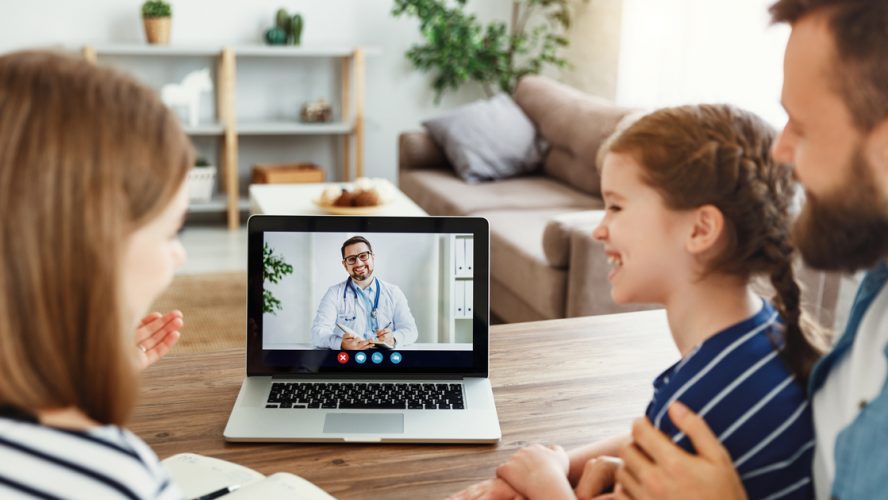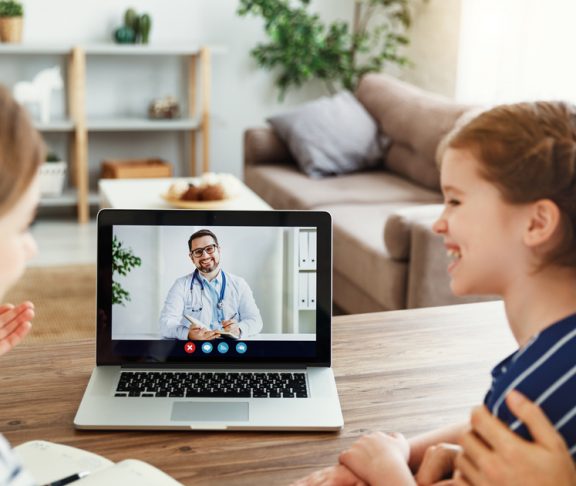
Carol Stonham MBE
RN, MSc, QN.
Executive Chair, (PCRS) Primary Care Respiratory Society
The global pandemic, repeated lockdowns and the way we now deliver healthcare has had an impact on the respiratory health of the population.
For over a year many tests that are considered routine or not urgent have been put on hold, amongst them, lung function tests which help to confirm or rule out conditions such as asthma and COPD. The result has been a backlog of people with respiratory symptoms waiting for the tests to confirm which condition they might have. As well as those who have not yet presented to their doctor.
Those with symptoms of more urgent conditions, such as lung cancer, should and must be prioritised. They must also see their doctor if they have a prolonged cough or other unexplained symptoms.
Breathlessness – is it deconditioning?
When patients consult with breathlessness there are a number of underlying conditions that can be at the root of the problem. Breathlessness can be complicated, it can relate to a number of organs in the body, medication or a combination of factors.
One thing that can be overlooked, yet is likely to be an increasing problem following the prolonged periods of lockdown we have just experienced, is deconditioning.
The ‘hospital at home’ technology and digital solutions to healthcare became essential for the safety of patients and staff.
When we reduce our activity and in particular our load bearing muscles, they become less able to cope with the daily demand they used to manage with ease. Add to that a change in diet, and potentially a few extra lockdown pounds in weight gain and you can easily see how deconditioning can occur.
In an otherwise fit, healthy person this might be perceived as being a little unfit and easily corrected by eating healthily and getting back to the gym. In more vulnerable people, it can cause breathlessness and fatigue that is akin to other physical illness. All is not lost though. A tailored programme of rehab with the right therapists can get you back on to the road to recovery.
Learning from adversity
So, what has the pandemic taught us? What will the ‘new normal’ for healthcare look like? We moved very quickly to an environment using video consultation which is likely to be here to stay.
The ‘hospital at home’ technology and digital solutions to healthcare became essential for the safety of patients and staff. It has shown us we can and should incorporate it into everyday healthcare, but in a way that considers what patients need.
We must remember that there is no one size fits all. There are times when we still need to offer to see patients the traditional way, face to face.


